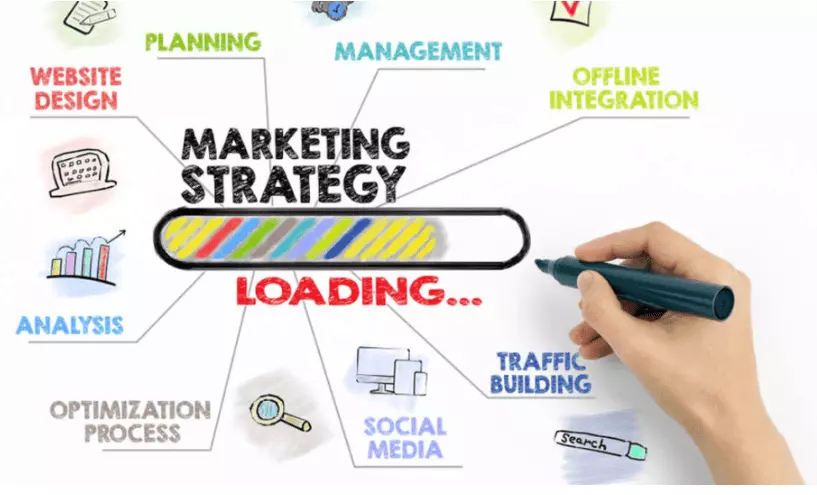An integrated marketing strategy for electronic music should encompass a comprehensive approach that covers all aspects of marketing and promotion. The goal of this strategy is to reach the target audience through various channels and touchpoints in a consistent and cohesive manner.
Here are some key steps to develop an integrated marketing strategy for electronic music:
- Define the target audience: The first step is to clearly identify and define the target audience for the music. This should include demographic information such as age, gender, location, and interests. This information will help in developing targeted marketing messages and campaigns.
- Conduct a competitive analysis: Analyze the competition and identify their strengths and weaknesses. This information can be used to develop unique selling propositions and differentiate the music from other electronic music artists.
- Develop a brand identity: Develop a strong brand identity that reflects the artist’s style and personality. This includes the development of a logo, website, social media presence, and other branding materials.
- Create content: Develop compelling content that resonates with the target audience. This can include music videos, social media posts, blog articles, and other forms of content that showcase the music and artist.
- Utilize multiple channels: Utilize various marketing channels such as social media, email, search engine optimization (SEO), search engine marketing (SEM), and event marketing. This ensures that the target audience is reached through multiple touchpoints and channels.
- Measure results: Regularly track and measure the results of the marketing efforts. This includes monitoring website traffic, social media engagement, email open rates, and other key performance indicators (KPIs).
By following these steps, an integrated marketing strategy can be developed that effectively promotes electronic music to the target audience.


